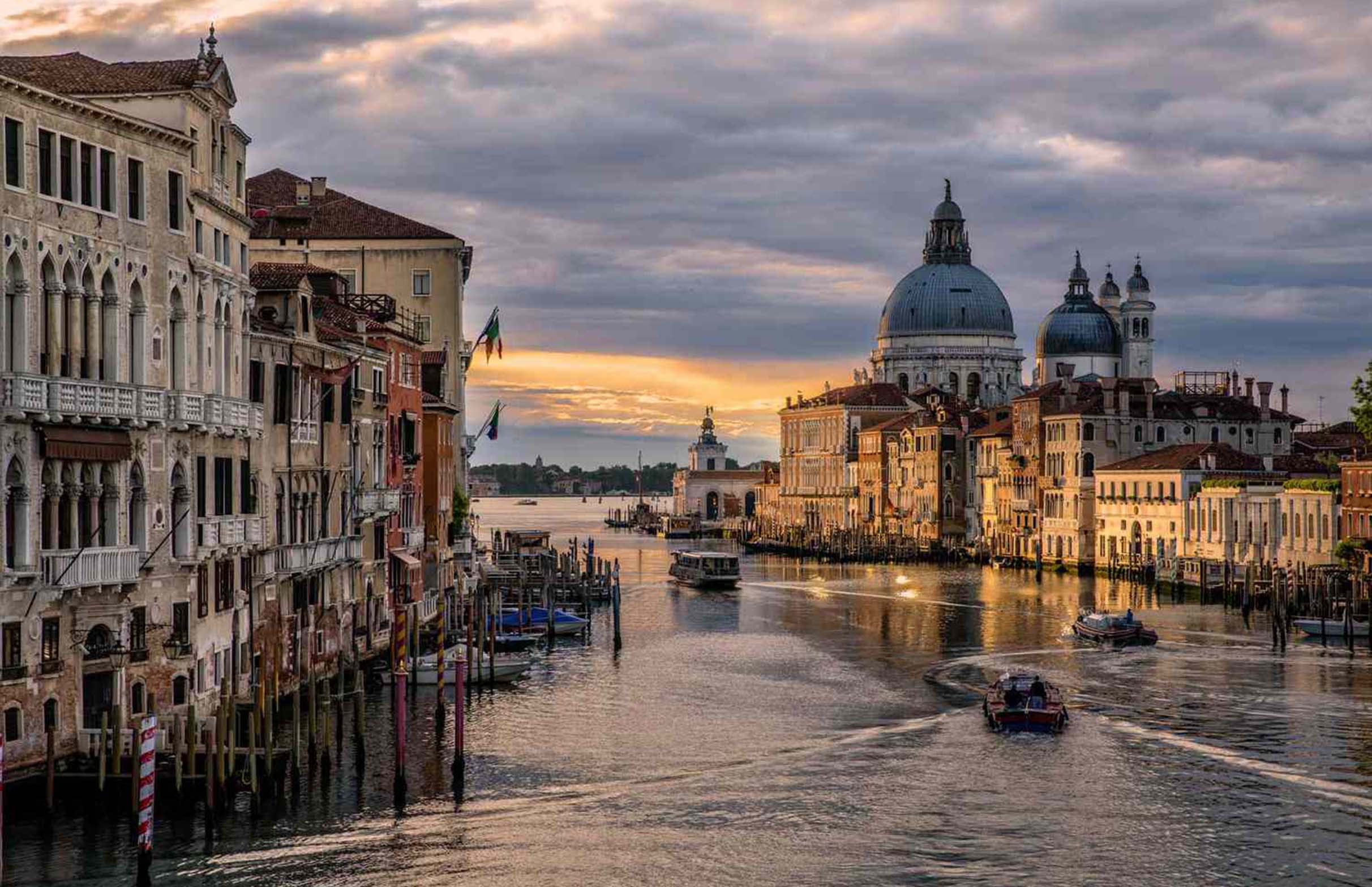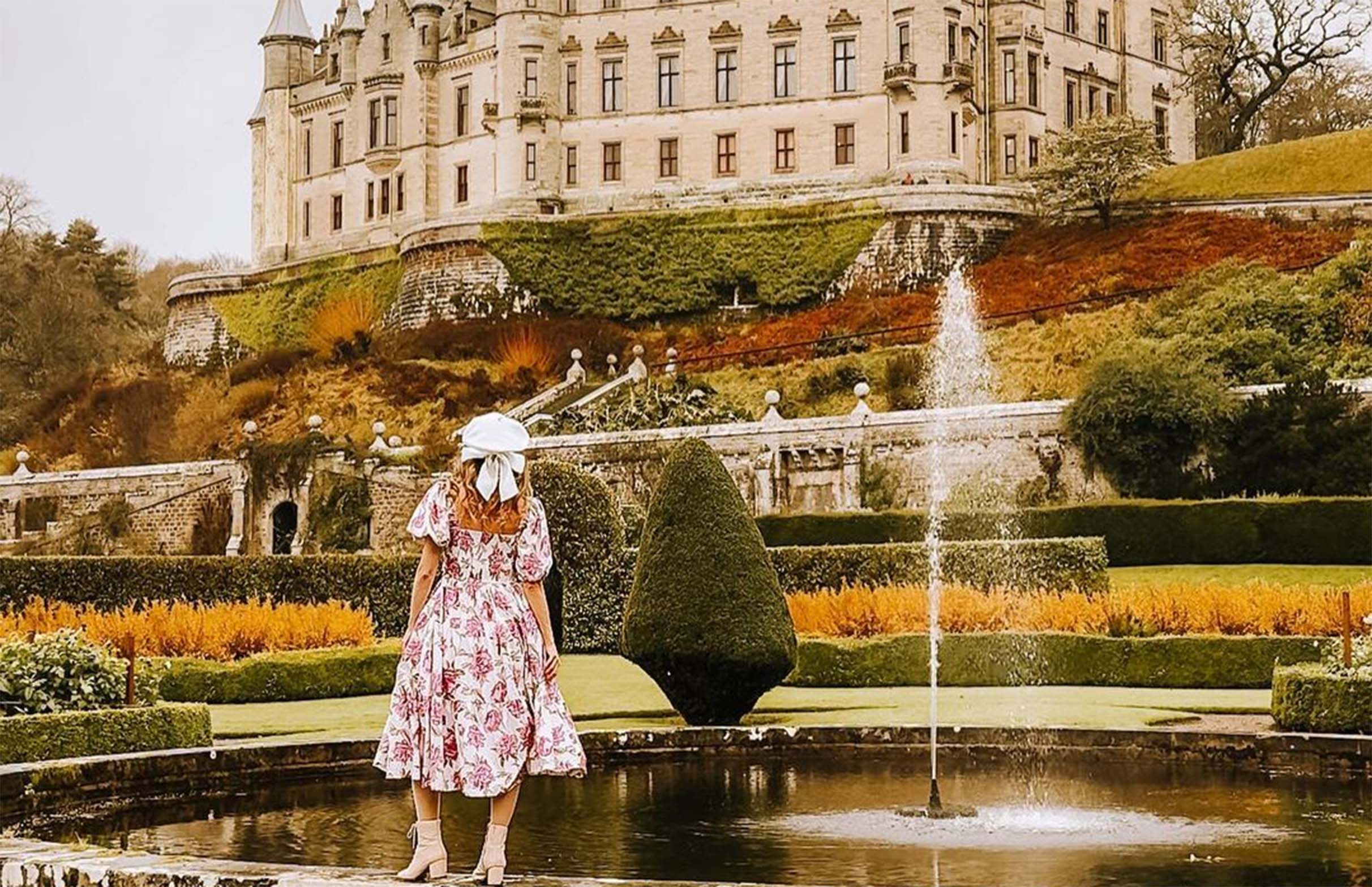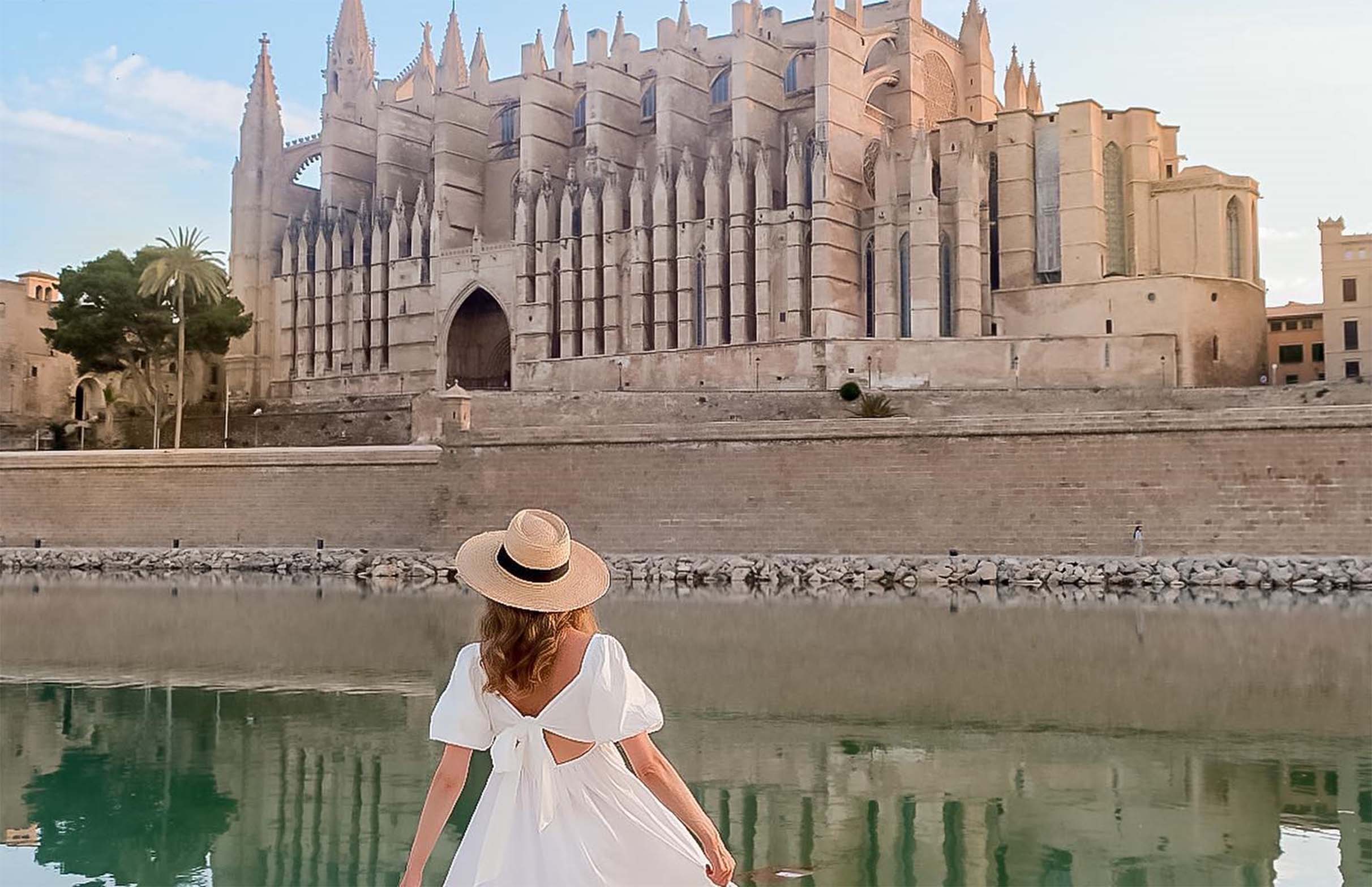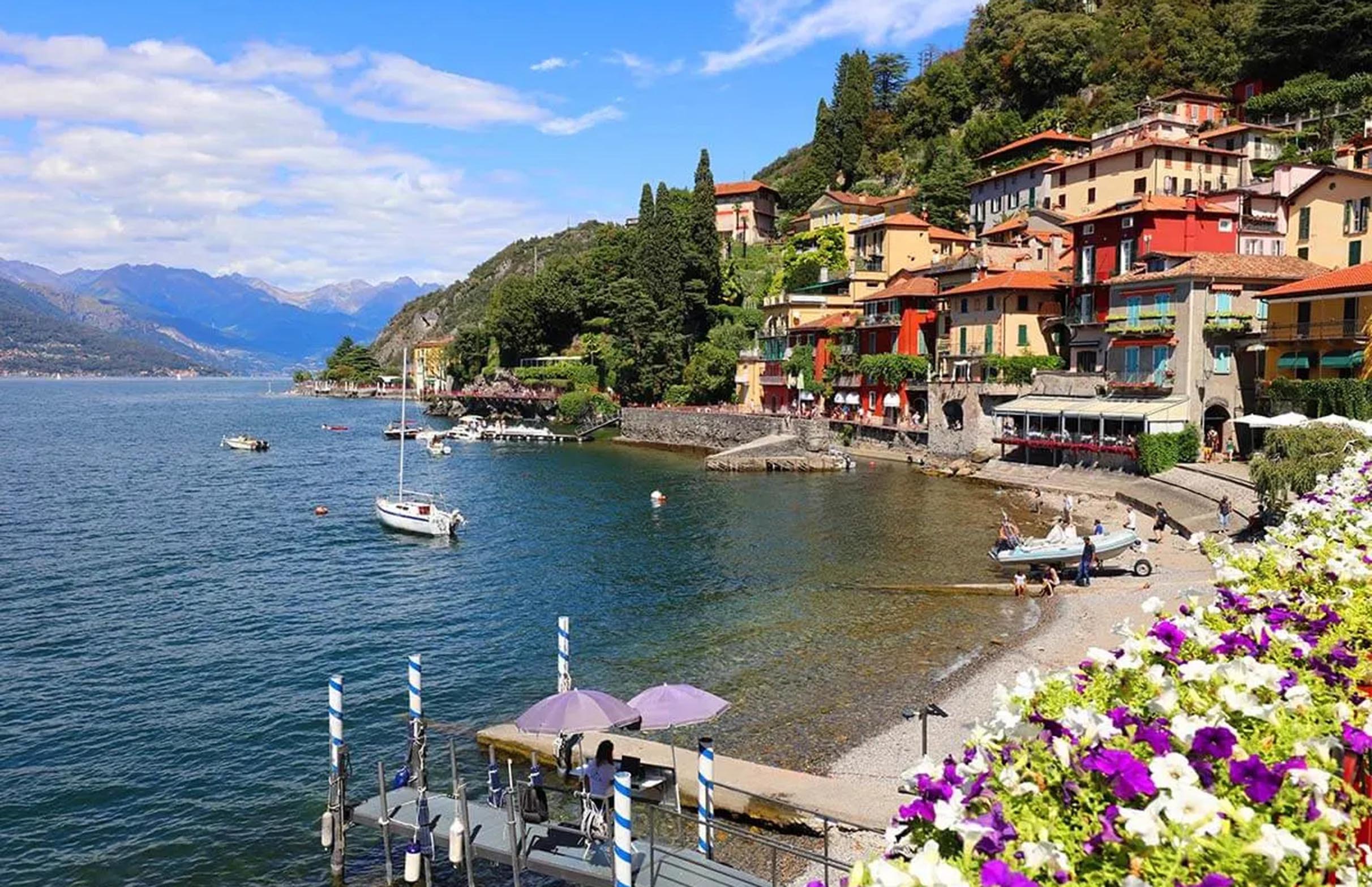While iconic landmarks like St. Mark’s Basilica and the Rialto Bridge draw crowds year-round, Venice offers a wealth of lesser-known gems that promise to enrich your travel experience.
Exploring the Grand Canal: Venice’s Main Artery
The Grand Canal, Venice’s main waterway, is not just a thoroughfare but a journey through the city’s history and opulence. Stretching over 3 kilometers, this bustling waterway is lined with magnificent palaces, churches, and historic buildings that showcase Venice’s architectural splendor. Start your exploration with a vaporetto ride, Venice’s water bus, which offers a panoramic view of the canal and its iconic sights.

Location: The Grand Canal winds through the heart of Venice, dividing the city into two parts: San Marco and San Polo districts.
How to Reach: I boarded the vaporetto at the Rialto Bridge station, opting for a Line 1 ticket that allowed me to hop on and off at major stops like Palazzo Ducale and Ca’ d’Oro.
Attractions: Palazzo Ducale, with its intricate Gothic facade and the Bridge of Sighs, was particularly captivating. The palace’s opulent interior, filled with historical artifacts and grand chambers, transported me back to Venice’s golden age of maritime supremacy. As I crossed the Bridge of Sighs, I couldn’t help but imagine the melancholic sighs of prisoners as they caught their last glimpse of the outside world.
Ticket Price: A single vaporetto ride costs around €7.50 for a 75-minute ticket, or you can opt for multi-day passes for convenience.
Recommendation: Take an evening vaporetto ride to witness the Grand Canal lit up by the soft glow of streetlights, offering a magical perspective of Venice’s architectural marvels.
Dorsoduro: Art and Culture Along the Canals
Dorsoduro is Venice’s artistic heart, a district renowned for its museums, galleries, and picturesque canalside promenades. Escape the crowds and immerse yourself in the bohemian atmosphere of this charming neighborhood, where every corner reveals a new artistic treasure.
Location: Dorsoduro is located to the south of St. Mark’s Square, across the Grand Canal.
How to Reach: I crossed the Accademia Bridge on foot, enjoying views of the canal and arriving at the Gallerie dell’Accademia, home to Renaissance masterpieces that left me in awe.
Attractions: The Peggy Guggenheim Collection offered a modern art haven, housing works by Picasso, Pollock, and Dalí among others. The museum’s setting along the Grand Canal provided a serene backdrop to contemporary art, juxtaposed against the historic architecture of Venice. As I wandered through the collection, I was struck by the personal stories behind each artwork, reflecting Venice’s role in inspiring artists throughout history.
Ticket Price: Admission prices vary by museum; consider purchasing a museum pass if visiting multiple sites.
Recommendation: Stop for a coffee at a local cafe along Campo Santa Margherita, a bustling square favored by students and locals alike.
Secret Venice: Hidden Gems and Quiet Canals
Beyond the main thoroughfares, Venice hides a maze of narrow alleyways and tranquil canals that beckon adventurers and explorers. Discover the charm of hidden squares, ancient churches, and artisan workshops tucked away from the tourist crowds.
Location: Explore neighborhoods like Cannaregio, Castello, and Santa Croce to uncover hidden gems.
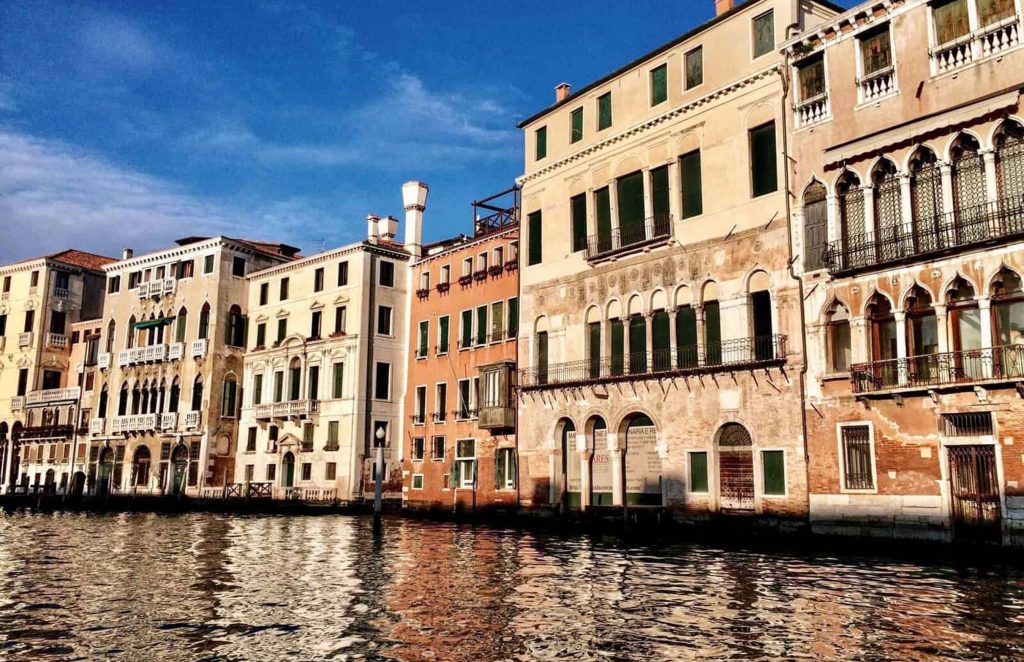
How to Reach: Walking on foot allowed me to stumble upon unexpected treasures like the Scuola Grande di San Rocco, adorned with Tintoretto’s masterpieces that left a lasting impression.
Attractions: Santa Maria dei Miracoli’s marble facade was a marvel of Renaissance architecture, its intricate details illuminated by the soft Venetian sunlight. Inside, the church’s serene atmosphere and exquisite artworks created a peaceful retreat from the bustling streets outside. The Jewish Ghetto, with its historic synagogues and kosher eateries, offered a glimpse into Venice’s cultural diversity and resilience, a testament to the city’s role as a melting pot of cultures throughout its history.
Ticket Price: Some attractions were free to enter, while others, like the Scuola Grande di San Rocco, required a modest entrance fee that supported the preservation of these cultural landmarks.
Recommendation: Take a guided walking tour to gain insights into Venice’s lesser-known history and local traditions.
Venetian Cuisine: A Gastronomic Journey
No visit to Venice is complete without savoring its culinary delights, from traditional cicchetti (Venetian tapas) to exquisite seafood dishes served in cozy bacari (wine bars) and elegant restaurants. Indulge in the flavors of Venetian cuisine while soaking in the city’s unique ambiance.
Location: Restaurants and bacari are scattered throughout Venice, with concentrations in San Marco, Cannaregio, and Dorsoduro.
How to Reach: A short walk or vaporetto ride took me to recommended dining spots like Osteria Bancogiro near the Rialto Market or Alle Testiere in Castello.
Attractions: Local specialties like sarde in saor (sweet and sour sardines), risotto al nero di seppia (squid ink risotto), and fritto misto (mixed fried seafood) delighted my palate with each flavorful bite. Dining at a bacaro offered an authentic Venetian experience, where standing at the bar with locals and sampling a variety of cicchetti created a sense of camaraderie and conviviality.
Local specialties like sarde in saor (sweet and sour sardines), risotto al nero di seppia (squid ink risotto), and fritto misto (mixed fried seafood) delighted my palate with each flavorful bite.
Cost: Prices varied by establishment, with budget-friendly options found off the beaten path offering authentic flavors and experiences.
Recommendation: Join a food tour to sample a variety of Venetian dishes and gain insight into the city’s culinary traditions.
Murano and Burano: Islands of Glass and Color
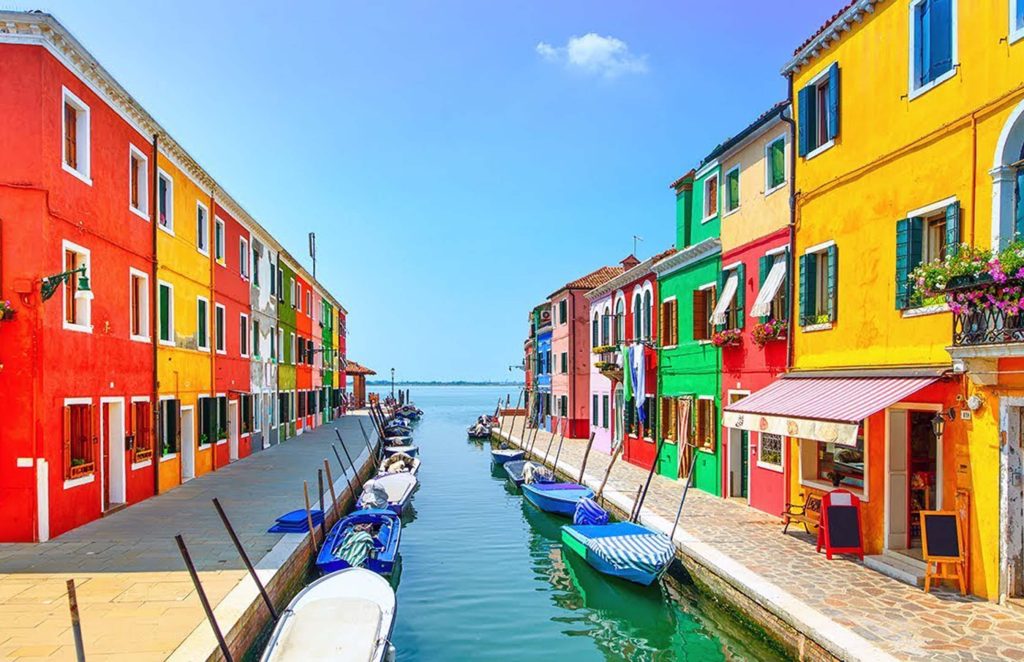
Escape the hustle and bustle of Venice with a day trip to Murano and Burano, two enchanting islands in the Venetian Lagoon known for their glassmaking and colorful houses. Experience the artisanal craft of glassblowing in Murano and admire Burano’s vibrant streets lined with brightly painted homes.
Location: Murano and Burano are located northeast of Venice’s main islands, accessible by vaporetto or private water taxi.
How to Reach: I took Line 3 vaporetto from Venice to Murano, where a visit to the Glass Museum and witnessing a glassblowing demonstration was both educational and fascinating. Continuing to Burano via Line 12, I marveled at the lace-making traditions and picturesque canals that made this island a photographer’s dream.
Attractions: Murano’s glassworks were impressive in their craftsmanship and history, while Burano’s colorful facades provided a cheerful backdrop for exploring its narrow streets. Visiting a glass factory allowed me to see artisans at work, shaping molten glass into intricate designs that have defined Murano’s reputation for centuries. In Burano, I wandered through streets lined with vibrant houses, each painted in a unique hue that reflected the island’s artistic spirit and sense of community.
Ticket Price: Vaporetto tickets are included in multi-day passes or can be purchased individually; entrance fees to museums and workshops apply.
Recommendation: Plan your visit to Burano during sunset for stunning photos of the island’s colorful facades reflecting on the water.
Venetian Festivals and Events: Cultural Celebrations
Experience Venice’s vibrant cultural calendar by timing your visit with one of its lively festivals or events. From the world-famous Carnival to the historic Regata Storica, these celebrations offer a glimpse into Venice’s rich heritage and traditions.
Location: Festivals take place throughout Venice, with major events held in St. Mark’s Square, the Grand Canal, and various neighborhoods.
How to Reach: Check event schedules and plan your itinerary accordingly; public transportation and walking are recommended.
Attractions: Attending the Venice Carnival provided a surreal experience of elaborate costumes and masquerade balls, while the Historical Regatta showcased the elegance of gondola races and vibrant pageantry. The Biennale di Venezia offered a contemporary art escape with exhibitions that challenged and inspired, held in venues scattered across the city’s historic and modern spaces.
Ticket Price: Entry to festivals and events may be free or require tickets for specific activities and performances.
Recommendation: Book accommodations well in advance for major festivals like the Venice Biennale or Carnival to secure the best locations and prices.
This comprehensive guide to Venice’s must-see attractions beyond the basics ensures you make the most of your visit to this enchanting city, offering insights into its hidden treasures, cultural heritage, and culinary delights.
Whether you’re exploring historic landmarks along the Grand Canal or venturing to the colorful islands of Murano and Burano, Venice promises a journey of discovery and wonder at every turn.
